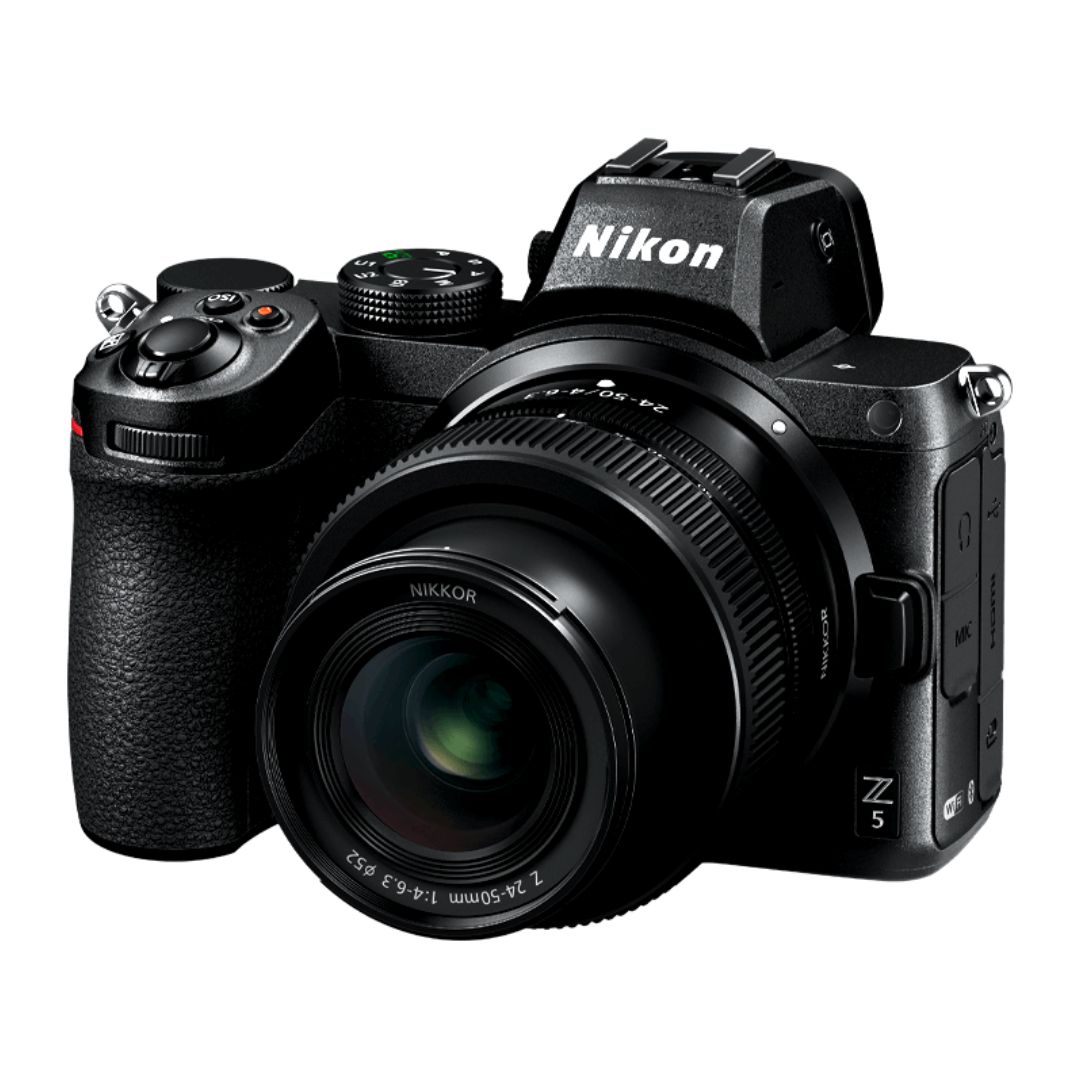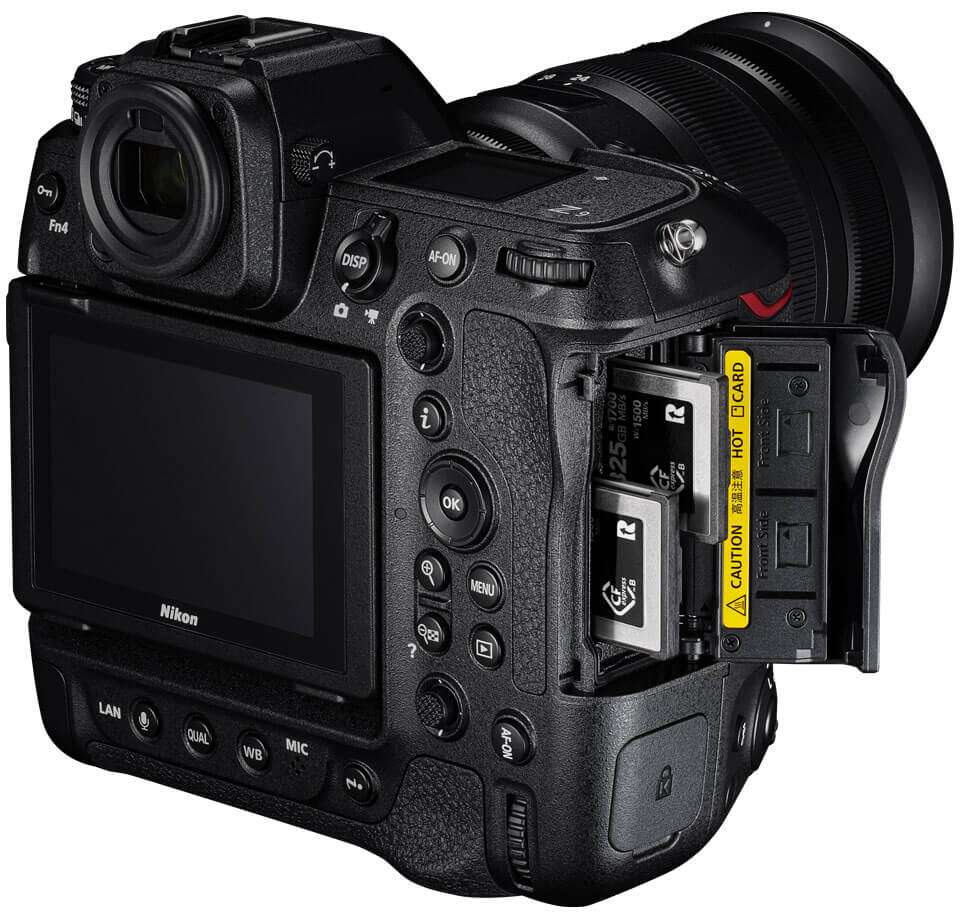A well-curated boudoir photography portfolio is essential for photographers looking to attract clients, showcase their skills, and establish a unique style. Boudoir photography is an intimate and artistic genre that requires not only technical expertise but also the ability to make clients feel comfortable and confident.
In this comprehensive guide, we will cover everything you need to know about creating a standout boudoir photography portfolio, including choosing the right models, selecting the best images, crafting a cohesive brand, and marketing your work effectively.
1. Understanding the Purpose of a Boudoir Photography Portfolio
1.1 Why a Portfolio Matters
A professional portfolio serves as a visual resume, helping potential clients understand your style, expertise, and artistic vision. A well-crafted portfolio:
- Builds trust with potential clients.
- Showcases technical and creative skills.
- Highlights versatility in different boudoir styles.
- Helps in branding and marketing.
1.2 Defining Your Target Audience
Before creating your portfolio, determine your ideal clients. Ask yourself:
- Are you targeting individuals, couples, or bridal boudoir sessions?
- Do you want a luxury, high-end style or a more relaxed, lifestyle approach?
- What age range and body diversity do you want to represent?
Knowing your audience allows you to tailor your portfolio to attract the right clientele.
2. Choosing the Right Images for Your Boudoir Photography Portfolio
2.1 Selecting Your Best Work
Your portfolio should only include your strongest images. Choose photos that demonstrate:
- Technical excellence in lighting, composition, and focus.
- Emotional connection and authenticity.
- Diversity in poses, expressions, and styles.
2.2 Showcasing Variety
A well-rounded boudoir photography portfolio should feature:
- Different lighting techniques (natural light, studio light, moody lighting).
- A mix of posed and candid shots.
- Various wardrobe styles (lingerie, casual, fully clothed elegance).
- A range of body types, skin tones, and ages to promote inclusivity.
2.3 Balancing Artistic and Marketable Images
While artistic shots show creativity, your portfolio should also include marketable images that align with client expectations. A balance between editorial-style and client-friendly images ensures broad appeal.
3. Structuring Your Boudoir Portfolio for Maximum Impact
3.1 Organizing Your Portfolio
An organized portfolio enhances the viewing experience. Consider structuring it by:
- Theme: Romantic, dark and moody, playful, high-fashion.
- Session Type: Individual, bridal, couples.
- Style: Black-and-white, color, soft-focus, dramatic lighting.
3.2 The Ideal Number of Images
A portfolio should be concise yet comprehensive. Aim for 20-40 high-quality images. Too few may seem unprofessional, while too many can overwhelm viewers.
3.3 The Importance of First and Last Impressions
Your first image should be a showstopper, setting the tone for your portfolio. Similarly, your last image should leave a lasting impression.
4. Creating an Online Boudoir Photography Portfolio
4.1 Choosing the Right Platform
A strong online presence is crucial. Popular portfolio platforms include:
- Your Own Website: Fully customizable with a personal domain.
- Instagram & Pinterest: Great for social reach and client engagement.
- Photo Hosting Sites: Format, SmugMug, Zenfolio for client galleries.
4.2 Designing a User-Friendly Portfolio Website
Your website should be:
- Mobile-friendly: Since most clients browse on their phones.
- Easy to Navigate: Categories and galleries should be clearly labeled.
- SEO-Optimized: Use keywords like “boudoir photography portfolio” to rank higher.
4.3 Including a Blog Section
A blog can help attract traffic to your site and educate potential clients. Topics may include:
- “How to Prepare for a Boudoir Photoshoot”
- “The Benefits of Boudoir Photography”
- “Behind-the-Scenes of a Boudoir Session”
5. Building a Strong Brand Through Your Portfolio
5.1 Defining Your Unique Style
Your portfolio should reflect your artistic vision. Consider:
- Color Palette: Light and airy vs. dark and dramatic.
- Editing Style: Natural, high-contrast, or film-inspired.
- Signature Poses: Develop poses that distinguish your work.
5.2 Crafting a Memorable About Page
Clients want to connect with you. Your about page should include:
- Your photography journey.
- What inspires your work.
- A personal touch that builds trust.
5.3 Client Testimonials and Reviews
Positive client feedback adds credibility. Showcase testimonials alongside images to reinforce trust.
6. Marketing Your Boudoir Photography Portfolio
6.1 Social Media Strategies
Promote your portfolio by:
- Posting sneak peeks of sessions.
- Using engaging captions and hashtags.
- Sharing client stories (with permission).
- Collaborating with influencers or models.
6.2 Networking and Collaborations
Partner with:
- Makeup artists for styled shoots.
- Lingerie boutiques for cross-promotions.
- Wedding planners to offer bridal boudoir packages.
6.3 SEO and Local Marketing
Optimize your website for search engines by:
- Including “boudoir photography portfolio” in your content.
- Registering on Google My Business.
- Encouraging satisfied clients to leave reviews.
7. Keeping Your Portfolio Updated
7.1 Refreshing Your Portfolio Regularly
Update your portfolio every 6-12 months to include:
- New techniques and styles.
- Recently completed sessions.
- Feedback-based improvements.
7.2 Removing Outdated or Weak Images
Curate your portfolio to keep it refined. Remove:
- Outdated trends that no longer align with your brand.
- Images with technical flaws.
- Photos that no longer represent your skill level.
8. Conclusion: Elevate Your Boudoir Photography Portfolio
Building a standout boudoir photography portfolio requires careful selection, branding, and marketing. By curating high-quality images, creating a user-friendly website, and implementing strategic marketing, you can attract the right clients and establish yourself as a sought-after boudoir photographer.
Whether you’re just starting or refining an existing portfolio, focus on showcasing your best work, staying authentic to your style, and continually evolving to meet industry trends. Your portfolio is your brand’s visual identity—make it powerful, engaging, and uniquely yours.

Sony Alpha a7 IV: The Ultimate Camera for Photography

Nikon Z5 Review: Is It Worth It?
-

Nikon Z9 : Game-Changer for Photography
-

Top Features of Nikon D850 That Make It Ideal for Portfolio Shoots
Sony Alpha a7 IV: The Ultimate Camera for Photography
Explore the Sony Alpha a7 IV in this complete 2025 review. Learn how its pro-level features, real-world performance, and hybrid flexibility make it the ultimate camera for photography across genres like portraits, weddings, travel, and commercial work. Table of Contents Section 1: Introduction – Why the Sony Alpha a7 IV Stands Out The Sony Alpha…
Nikon Z5 Review: Is It Worth It?
In 2025, photographers—whether hobbyists, content creators, or professionals—seek equipment that blends value, performance, and future-readiness. Enter the Nikon Z5, a full-frame mirrorless camera marketed as a gateway to high-end imaging without a flagship price tag. But how well does it hold up under real-world demands like studio shoots, weddings, landscape adventures, and lifestyle photography? In…
Nikon Z9 : Game-Changer for Photography
Discover why the Nikon Z9 is considered a true game-changer for photography. This in-depth Nikon Z9 review explores key features, real-world performance, and how it excels in professional photo shoots in 2025. Table of Contents 1. Introduction The photography world witnessed a significant shift with the launch of the Nikon Z9, a flagship mirrorless camera…
Top Features of Nikon D850 That Make It Ideal for Portfolio Shoots
Discover why the Nikon D850 is the ultimate DSLR for portfolio shoots. Explore its top features—from resolution and dynamic range to autofocus precision and workflow speed—that help photographers create stunning, high-impact images for professional portfolios. Whether you’re a portrait artist, fashion photographer, or visual storyteller, a portfolio shoot demands technical excellence, creative flexibility, and uncompromised…
Candid Moments with Canon EOS R10: Lightweight & Reliable
In the evolving world of mirrorless photography, the Canon EOS R10 stands out as a lightweight yet powerful camera tailored for real-life storytelling. Whether you’re photographing street scenes, family gatherings, weddings, or spontaneous portraits, capturing genuine emotion requires a responsive and discreet tool. This article dives deep into how the Canon EOS R10 excels in…
Bold Portraits with Canon EOS R5: Is It the Best for Work?
Studio photography has always demanded precision, artistry, and impeccable gear. As the expectations for commercial portraits, fashion campaigns, and editorial work continue to rise, the tools we use must evolve. Enter the Canon EOS R5, a camera that has stirred the professional waters with its impressive technical specs and forward-thinking design. In this comprehensive Canon…


